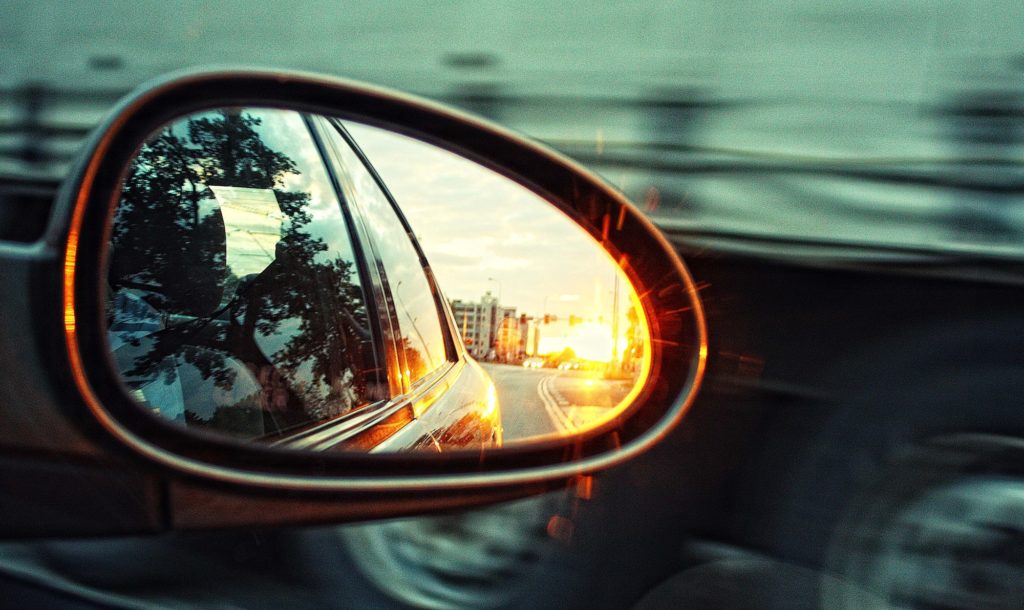Driving can be a great way to get from point A to point B, but it can also be dangerous if not done properly. One of the most important things to keep in mind when driving is identifying blind spots and using mirrors to stay safe on the road. Blind spots are areas around your vehicle where you cannot see, even when using your mirrors. Failing to identify these blind spots can lead to accidents and collisions. In this blog post, we will discuss how to identify blind spots and use your mirrors to stay safe on the road.
What are Blind Spots?
Blind spots are areas around your vehicle where you cannot see, even when using your mirrors. Blind spots can exist on all sides of your vehicle, but they are most common on the left and right sides of your car. Blind spots are caused by the design of your vehicle, which can limit your visibility.
How to Identify Blind Spots
There are several ways to identify blind spots while driving. One of the easiest ways is to adjust your mirrors correctly. Your side mirrors should be adjusted so that they provide a view of the area directly behind you and to the side of your vehicle. Your rearview mirror should be adjusted so that it provides a view of the area directly behind your vehicle. Turning your head to check your blind spots is another effective method. You can also use technology such as blind spot monitoring systems, which alert you when there is a vehicle in your blind spot.
Related: How to Clean Car Mirrors
Using Your Mirrors to Stay Safe on the Road
Your mirrors are an important tool for staying safe on the road. There are several types of mirrors on your vehicle, including side mirrors and a rearview mirror. Your side mirrors should be adjusted so that they provide a view of the area directly behind you and to the side of your vehicle. Your rearview mirror should be adjusted so that it provides a view of the area directly behind your vehicle. Mirrors can help you see what is happening around you, but they are not a replacement for turning your head to check your blind spots.
Best Practices for Avoiding Blind Spot Accidents
To avoid blind spot accidents, it’s important to develop safe driving habits. Always check your blind spots before changing lanes or merging. Avoid driving in other drivers’ blind spots as much as possible. Staying alert and paying attention to your surroundings is also key. Never assume that other drivers see you, even if you are using your turn signal. Always err on the side of caution.
Conclusion
Identifying blind spots and using your mirrors to stay safe on the road is essential for safe driving. Blind spots can be dangerous if not identified and can lead to accidents and collisions. Adjusting your mirrors correctly, turning your head, and using technology can help you identify blind spots. Always check your blind spots before changing lanes or merging, and avoid driving in other drivers’ blind spots. Staying alert and paying attention to your surroundings can also help you avoid blind spot accidents. Remember, safe driving is everyone’s responsibility, and it’s up to each of us to do our part to stay safe on the road.
Don’t let that rusty jalopy in your garage weigh you down – sell it to Car removal Brisbane and get some extra cash! Get a great deal on an old vehicle today with the help of this reliable team.

